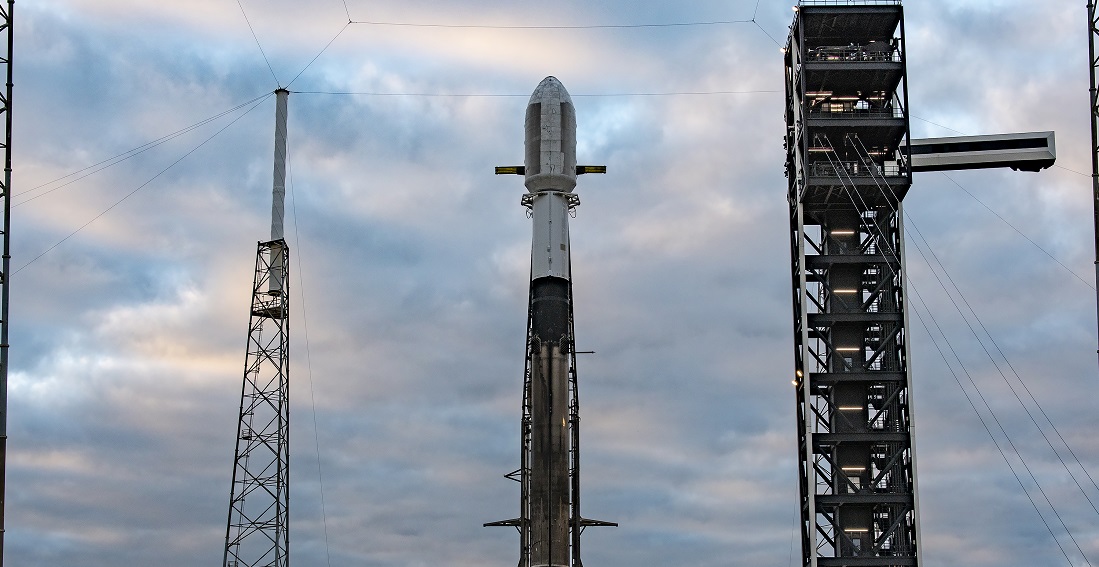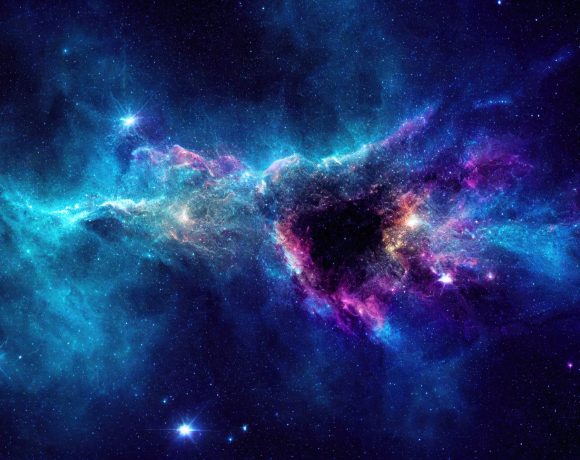
SpaceX Starship Test Ends in Massive Explosion, All Crew Safe
On the night of June 18, SpaceX’s Starship prototype—Ship 36—erupted in a massive explosion at its Starbase facility near Boca Chica, Texas. The incident occurred during a routine static fire test ahead of the planned tenth flight, resulting in a dramatic fireball that lit up the night sky and rattled nearby homes, but fortunately caused no injuries.
The explosion, happening shortly after 11 pm local time, was triggered by a “major anomaly” while the upper stage was being fueled with liquid methane and liquid oxygen. The blast caused significant damage to the spacecraft and test stand, scattering debris across the site. The fire burned for over two hours as emergency crews coordinated efforts to secure the area.
SpaceX Starship
SpaceX confirmed that a safety perimeter had been established well before the test, and all personnel had been removed from the danger zone. Company officials stated that the Starbase team, working alongside local authorities, is actively working to stabilize the site and ensure no hazards remain for nearby residents. The firm warned the public to keep clear while “safing operations” continue.
This marks the latest in a series of setbacks for Starship, following prior failures during test flights and rocket flights earlier this year. Despite disruptions—including an upper-stage breakup during Flight 9 in May—SpaceX maintains its “fail fast, learn fast” ethos, as it strives to develop a fully reusable rocket system intended for Moon and Mars missions.
Static Fire Test
A static fire is a crucial pre-launch procedure in which the rocket’s engines are ignited while the vehicle remains anchored to the ground. In this case, Ship 36 was minutes away from undergoing its test firing of six Raptor engines when it exploded. Remote cameras from the facility captured the fiery sequence and the tumultuous aftermath, with social media users reporting their homes shook from the blast.
As a result of the explosion, SpaceX is expected to delay the countdown for Ship 36’s full flight test. The facility’s infrastructure may require extensive repair, which could push back the anticipated mission originally slated for late June.
Program Impact
Starship serves as the centerpiece of SpaceX’s ambitions, including providing NASA’s Human Landing System for Artemis missions en route to the Moon, and serving as the foundation for future Mars expeditions. While setbacks are not unexpected in such a pioneering program, repeated explosions—especially during static fires—underscore the challenges ahead.
Despite the destruction, SpaceX highlights previous achievements—such as the return and capture of Super Heavy boosters—as signs of progress. The company’s resilience and capacity for rapid recovery remain central to its development strategy and long-term vision.

















